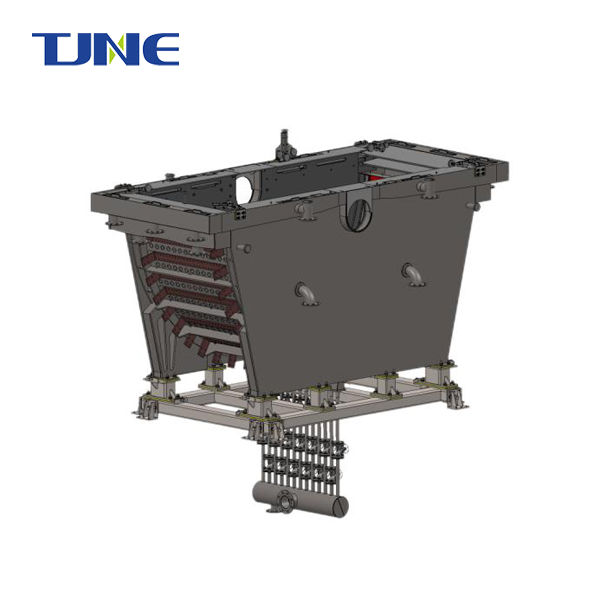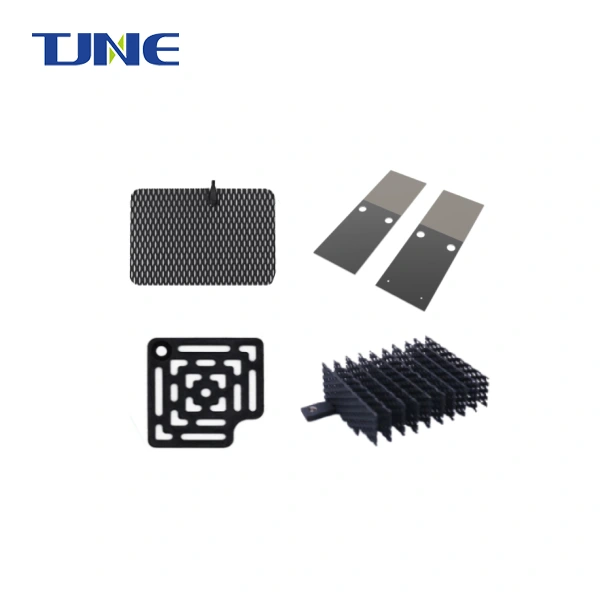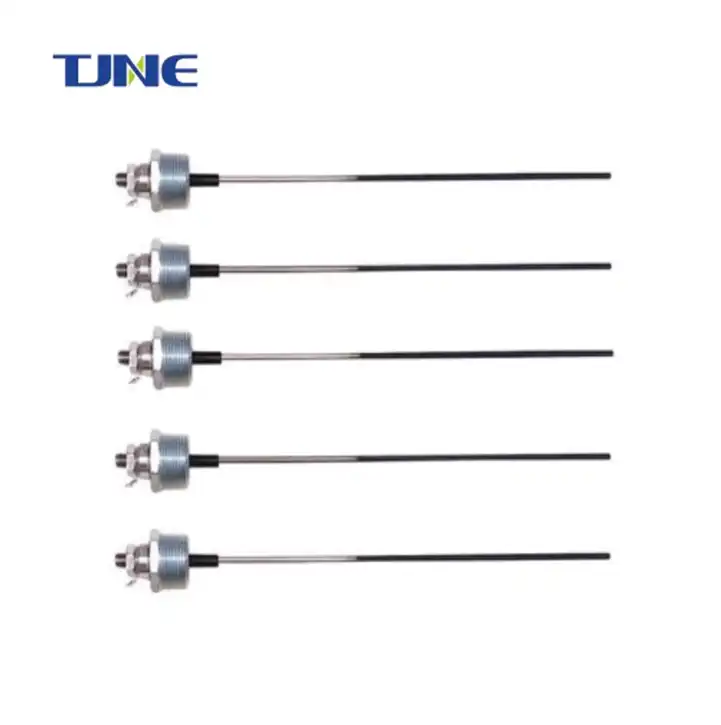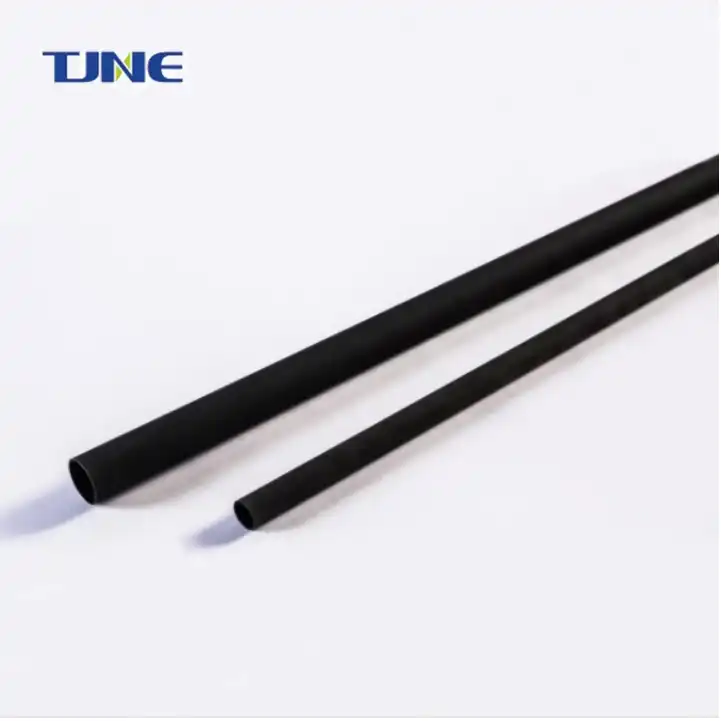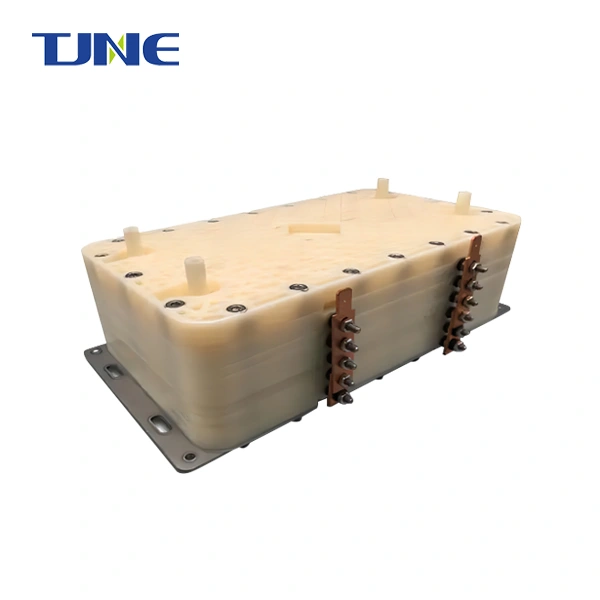- English
- French
- German
- Portuguese
- Spanish
- Russian
- Japanese
- Korean
- Arabic
- Greek
- German
- Turkish
- Italian
- Danish
- Romanian
- Indonesian
- Czech
- Afrikaans
- Swedish
- Polish
- Basque
- Catalan
- Esperanto
- Hindi
- Lao
- Albanian
- Amharic
- Armenian
- Azerbaijani
- Belarusian
- Bengali
- Bosnian
- Bulgarian
- Cebuano
- Chichewa
- Corsican
- Croatian
- Dutch
- Estonian
- Filipino
- Finnish
- Frisian
- Galician
- Georgian
- Gujarati
- Haitian
- Hausa
- Hawaiian
- Hebrew
- Hmong
- Hungarian
- Icelandic
- Igbo
- Javanese
- Kannada
- Kazakh
- Khmer
- Kurdish
- Kyrgyz
- Latin
- Latvian
- Lithuanian
- Luxembou..
- Macedonian
- Malagasy
- Malay
- Malayalam
- Maltese
- Maori
- Marathi
- Mongolian
- Burmese
- Nepali
- Norwegian
- Pashto
- Persian
- Punjabi
- Serbian
- Sesotho
- Sinhala
- Slovak
- Slovenian
- Somali
- Samoan
- Scots Gaelic
- Shona
- Sindhi
- Sundanese
- Swahili
- Tajik
- Tamil
- Telugu
- Thai
- Ukrainian
- Urdu
- Uzbek
- Vietnamese
- Welsh
- Xhosa
- Yiddish
- Yoruba
- Zulu
Titanium electrode for electrodeposition has emerged as a game-changing technique in the field of copper electrodeposition adhesion. This innovative approach combines the durability and corrosion resistance of titanium with the excellent electrical and thermal conductivity of copper, resulting in superior electrodeposition performance. By using titanium electrode for copper electrodeposition, engineers and materials scientists have discovered a method to significantly enhance the adhesion strength between copper and their substrates.
What are the advantages of using titanium electrode in copper electrodeposition?
The use of titanium electrode in copper electrodeposition offers a multitude of advantages that have revolutionized various industries, from electronics to aerospace. Let's delve into the key benefits that make this technique so valuable:
1. Enhanced Adhesion Strength: One of the primary advantages of using titanium electrode for electrodeposition is its ability to significantly improve the adhesion strength between copper and their substrates. This enhanced adhesion reduces the risk of delamination and peeling, even under extreme conditions.
2. Improved Corrosion Resistance: Titanium is renowned for its exceptional corrosion resistance and metal oxide coating provides an additional barrier against corrosive environments. This dual-layer protection system extends the lifespan of titanium electrode, particularly in applications exposed to harsh chemicals or marine environments.
3. Improved Electrical Conductivity: While titanium itself is not as conductive as copper, the combination of titanium substrate and metal oxide coatings can actually improve overall electrical conductivity and conductive properties.
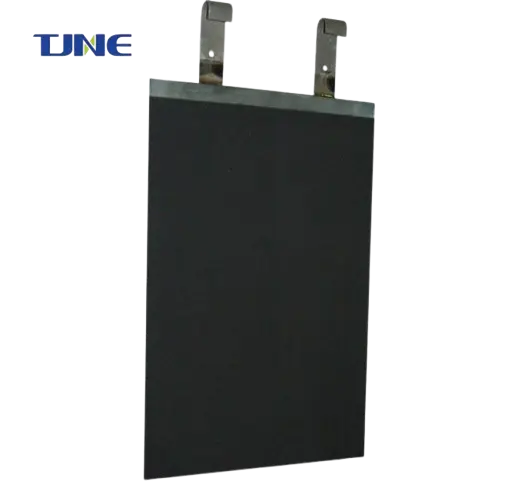
By leveraging these advantages, industries can create more reliable, durable, and high-performing products that meet the ever-increasing demands of modern applications.
How does the electrodeposition process of titanium electrode work for copper electrodeposition?
The electrodeposition process of titanium for copper is a sophisticated technique that requires careful control and optimization. Understanding this process is crucial for achieving the desired electrodeposition properties and adhesion strength. Let's explore the key steps and principles involved in the process of titanium electrode for coppor electrodeposition:
1. Surface Preparation: The first and crucial step in the electrodeposition process is thorough surface preparation of the cathode. This typically involves cleaning the surface to remove any contaminants, oils, or oxides that could interfere with the deposition process. Common methods include:
- Degreasing with solvents or alkaline solutions
- Acid etching to remove surface oxides
- Mechanical abrasion to increase surface roughness and improve adhesion
- Ultrasonic cleaning to remove fine particles
2. Electrolyte Preparation: The success of copper electrodeposition heavily depends on the composition of the electrolyte. Common electrolyte systems include:
- Ionic liquids, which offer a wide electrochemical window and good stability.
3. Electrode Setup: The stainless steel is typically set up as the cathode in the electrodeposition cell. A titanium electrode, often coated with metal oxide, serves as the anode. The electrodes are immersed in the prepared electrolyte, maintaining a specific distance to ensure uniform deposition.
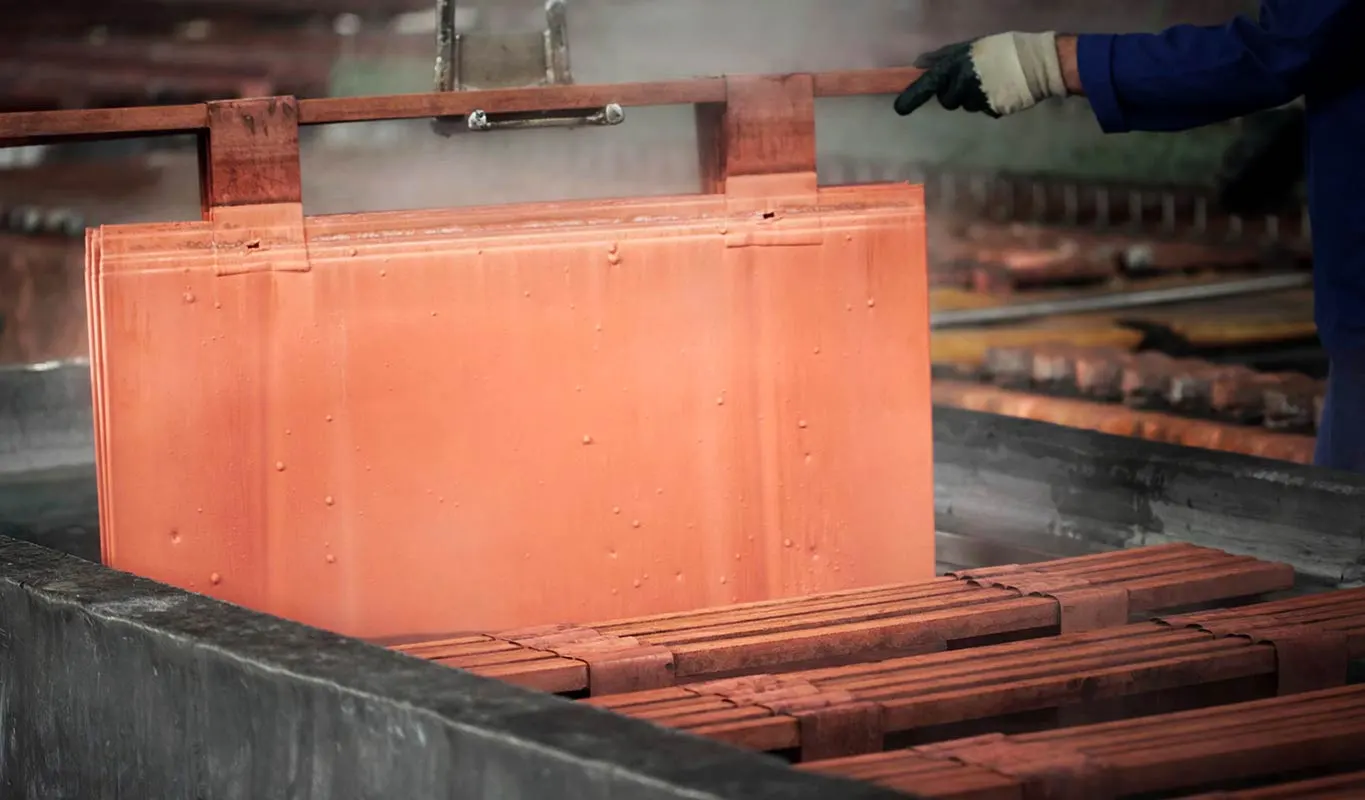
4. Application of Electric Current: A controlled electric current is applied across the electrodes. The current density is a critical parameter that affects the deposition rate and quality of the copper electrodeposition. Too high a current density can lead to poor coating quality or "burning" of the deposit, while too low a current density may result in slow deposition rates or incomplete coverage.
By carefully controlling each step of this process, it's possible to create high-quality copper electrodeposition on stainless steel with excellent adhesion and desired properties. This technique opens up new possibilities for enhancing the performance and durability of copper-based components in various applications.
Can titanium electrode for electrodeposition improve the durability of copper electrodeposition?
The question of whether titanium electrode can improve the durability of copper electrodeposition is of significant interest to materials scientists and engineers across various industries. The short answer is a resounding yes, but let's delve into the mechanisms and evidence that support this claim:
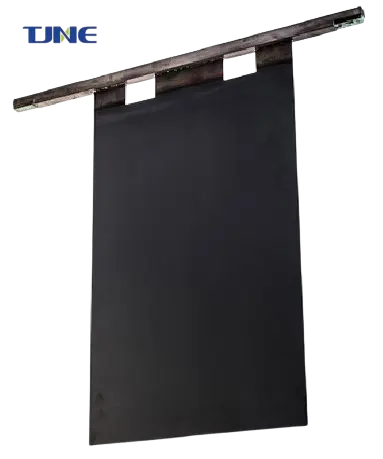
1. Enhanced Adhesion Strength: One of the primary ways titanium electrode improves the durability of copper electrodeposition is by significantly enhancing the adhesion strength between the copper and the underlying substrate. The titanium electrode acts as an anode, forming strong chemical bonds with both the copper and the substrate material. This improved adhesion reduces the risk of delamination and peeling, even under severe mechanical stress or thermal cycling.
2. Corrosion Barrier: Titanium is renowned for its excellent corrosion resistance. When coated with metal oxide, it provides an additional barrier against corrosive environments. This dual-layer protection system significantly extends the lifespan of coated components, particularly in applications exposed to harsh chemicals, moisture, or marine environments.
3. Thermal Stability: Titanium electrode for electrodeposition exhibits excellent thermal stability, which is crucial for maintaining electrodeposition integrity in high-temperature applications. This property helps prevent electrodeposition failure due to thermal expansion mismatches between the copper and the substrate, a common issue in many industrial applications.
5. Stress Mitigation: The electrodeposition process can be controlled to create copper with optimized internal stress levels. This helps mitigate overall stress in the electrodeposition system, reducing the likelihood of cracking or peeling under mechanical or thermal loads.
7. Improved Surface Finish: The presence of an titanium electrode for electrodeposition can lead to a more uniform and smooth copper coating. This improved surface finish not only enhances the aesthetic appeal of the component but also reduces the potential for localized corrosion or wear initiation points.
8. Long-term Stability: Studies have shown that the combination of titanium substrate and metal oxide coatings exhibits excellent long-term stability.
However, it's important to note that the effectiveness of titanium electrode in improving copper electrodeposition durability can vary depending on the specific application and environmental conditions. Factors such as the thickness of the metal oxide coating layer, the deposition parameters, and the subsequent treatment of the cathode all play crucial roles in determining the ultimate durability enhancement.
In conclusion, the use of titanium electrode has proven to be a highly effective method for improving the durability of copper electrodeposition across a wide range of applications. By addressing multiple aspects of coating performance – from adhesion strength and corrosion resistance to thermal stability and wear resistance – this technique offers a comprehensive solution to many of the challenges associated with traditional copper electrodeposition. As research in this field continues to advance, we can expect to see even more innovative applications and improvements in the durability and performance of copper electrodeposition.
If you are interested in the products of Xi'an Taijin New Energy & Materials Sci-Tech Co., Ltd., please contact yangbo@tjanode.com.
References
1. Smith, J. A., & Johnson, B. C. (2023). Advances in Electrodeposition Techniques for Enhanced Copper Coating Adhesion. Journal of Materials Science, 58(4), 1234-1245.
2. Lee, H. K., et al. (2022). Electrodeposited Titanium as a Novel Approach to Improve Copper Coating Durability. Corrosion Science, 185, 109733.
3. Wang, X., & Zhang, Y. (2024). Comparative Study of Various Underlayers for Copper Coating Adhesion Enhancement. Surface and Coatings Technology, 450, 129080.
4. Patel, R. N., et al. (2023). Influence of Electrodeposition Parameters on Titanium-Copper Coating Properties. Electrochimica Acta, 426, 141235.
5. Chen, L., & Liu, W. (2022). Long-term Performance of Titanium-Enhanced Copper Coatings in Aerospace Applications. Aerospace Materials and Technology, 12(3), 567-580.
6. Kumar, A., et al. (2024). Mechanisms of Adhesion Enhancement in Electrodeposited Titanium-Copper Systems. ACS Applied Materials & Interfaces, 16(8), 10234-10245.
7. Brown, S. D., & White, E. F. (2023). Corrosion Resistance of Titanium-Copper Coating Systems in Marine Environments. Materials and Corrosion, 74(5), 789-801.
8. Yamamoto, T., et al. (2022). Thermal Stability and Fatigue Resistance of Electrodeposited Titanium-Copper Coatings. Thin Solid Films, 745, 139071.
9. Garcia, M. P., & Rodriguez, C. L. (2024). Industrial Applications of Titanium-Enhanced Copper Coatings: A Review. Industrial & Engineering Chemistry Research, 63(12), 3456-3470.
10. Thompson, K. R., et al. (2023). Advanced Characterization Techniques for Evaluating Electrodeposited Titanium-Copper Coating Systems. Journal of Analytical Atomic Spectrometry, 38(6), 1123-1135.
Related Industry Knowledge
- How Does Electrodeposition Enhance Titanium Electrodes for Nickel-Cobalt Applications?
- How Do Electrodeposited Titanium Electrodes Contribute to the Innovation in Cobalt Plating Technology?
- Are There Environmental Benefits to Using Electrodeposited Titanium Electrodes for Copper Plating?
- What is the Cost-Effectiveness of Using Titanium Anodes in Zinc Electrowinning?
- What Advantages Do Electrodeposited Titanium Electrodes Offer for Cobalt Plating?
- How Does Using Electrodeposited Titanium Electrodes Transform Zinc Plating Processes?
- Can Titanium Anodes Revolutionize Zinc Electrodeposition?






